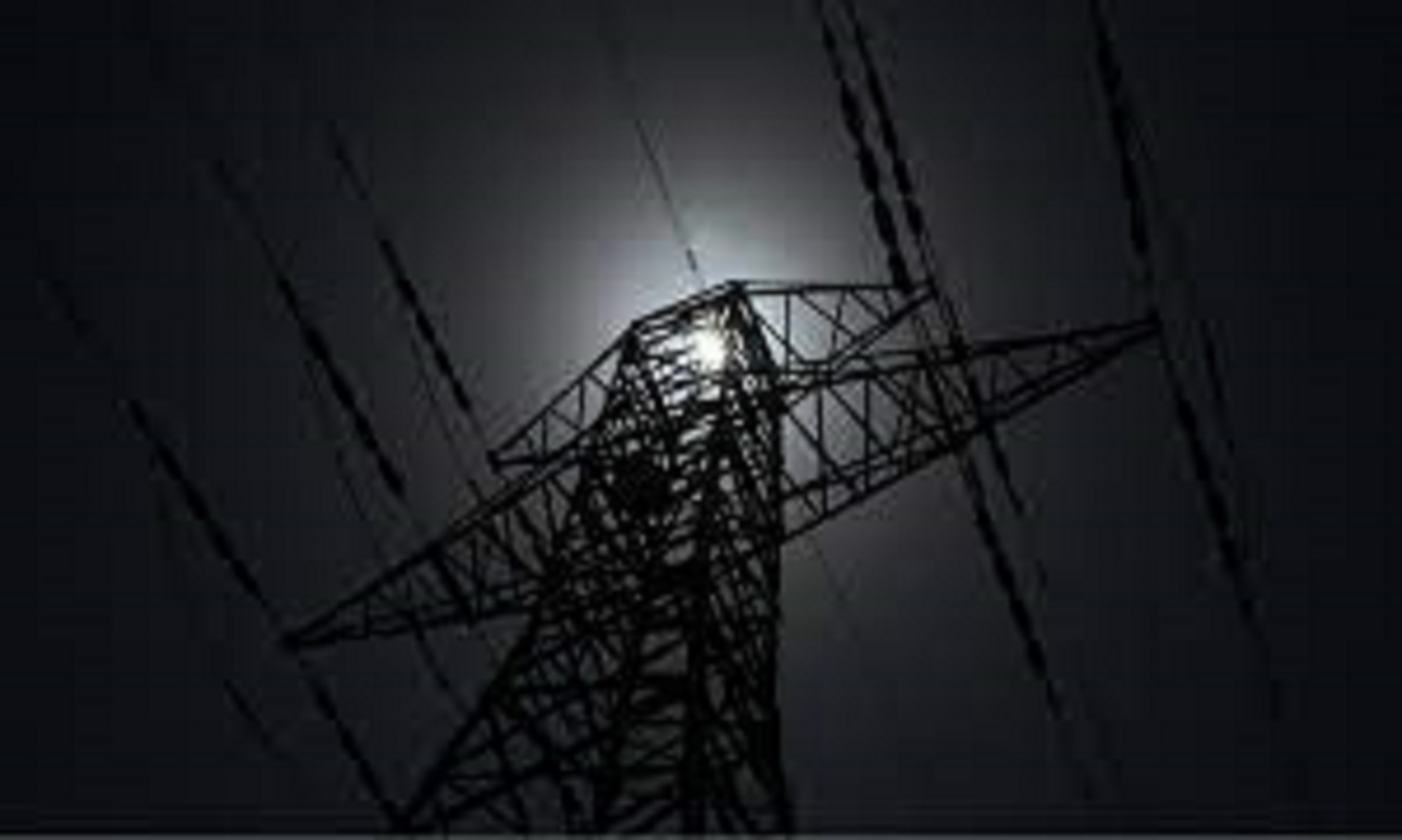SYDNEY, Jun 15 (NNN-AGENCIES) – As cold weather continues to plague Australia’s eastern states, energy providers and regulators warned that blackouts and load shedding may become necessary, if demand is not met.
Yesterday, Federal Energy Minister, Chris Bowen, told Australian morning show, Sunrise, that blackouts had been narrowly avoided on Monday night.
“That was avoided because the operator could instruct the generators to put more power into the system. It also told me that, they believe we can avoid load shedding and blackouts in New South Wales and other states today,” Bowen said.
He added that, the unusually cold winter, coupled with widespread outages of coal-fired power stations, were putting strain on the energy system.
“We will be in for a bumpy period. There is no doubt about that. I said that, consistently. Our system is under pressure. We have a lot of coal-fired power station outages,” said Bowen.
Yesterday morning, Australia’s peak energy regulator, the Australian Energy Market Operator (AEMO), administered price caps of 300 Australian dollars (about 209 U.S. dollars) per megawatt hour, across Queensland, New South Wales, Victoria and South Australia.
In the meantime, the regulator issued market orders to energy generators, to make up for a predicted shortfall, as temperatures are forecast to plummet to six degrees Celsius overnight.
Assistant Professor of Economics at the University of Canberra and energy economics expert, Dr. Raymond Li, said yesterday that, if energy demand surpasses total supply, it could lead to costly damages to power infrastructure, but would use load shedding as “a last resort measure.”
“When load shedding occurs, electricity users in certain pre-determined regions of the state(s) will experience blackouts, typically for only a few hours, during the peak demand periods. It’s up to the governments, load shedding will also be rotational when possible, so that the ‘burden’ is shared.”
Li added that, the AEMO price cap would likely discourage energy producers to provide extra support to the grid, and called for greater demand-side management, such as, smart meters in homes and real-time pricing, which would curb peak demand.
“But for now, we may have to rely on AEMO intervention, to maintain the supply-demand balance during special times.”– NNN-AGENCIES






